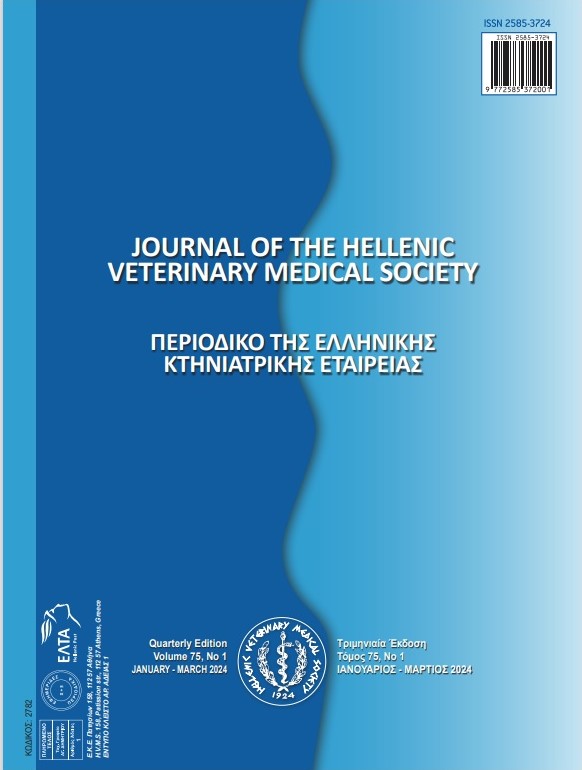Use genetic modification indicator to increase the precision and accuracy of genomic analysis

Abstract
The high expense of genotype determination and the low accuracy of the evaluation in a small number of genotyped samples when using genomic data and genetic markers to perform genomic evaluations are two major problems. The effect of levels of genetic markers in an F2 population obtained from Two-way crossing of native Iran chicken with low growth rate and Arian meat strain with high growth rate was investigated in this study in order to isolate SNPs with higher effect and use these markers in genomic evaluation as a suitable method of screening SNPs in order to increase the accuracy of the evaluation and reduce genotyping costs. In this study, the prediction accuracy of correction values in five marker groups with various MAFs was studied in addition to demonstrating the superiority of the ssGBLUP approach over the BLUP method from the 5-fold cross-validation (CV) method in the single-step assessment strategy. This group of markers (MAF 0.4 - 0.5) was introduced as the best level of allelic frequency to perform genomic evaluations for the growth trait after the results showed that using SNPs with an allelic frequency of 0.4-0.5 in each of the second to seventh weeks showed higher predictive accuracy than the information of all SNPs. In addition to enforcing a low genotype cost, using SNPs with an allelic frequency of 0.4–0.5 and developing low-density SNP chips with markers with the aforementioned properties can be utilized to reliably evaluate individuals based on genetic merit.
Article Details
- How to Cite
-
Safarzadeh, M., Kalani, M., Nezafat , M., Ouni, M., Ghadermarzi, P., Aghazadeh, H., Rajabi, S., & Pish Jang Aghajeri, J. (2024). Use genetic modification indicator to increase the precision and accuracy of genomic analysis. Journal of the Hellenic Veterinary Medical Society, 75(2), 7537–7550. https://doi.org/10.12681/jhvms.35220
- Issue
- Vol. 75 No. 2 (2024)
- Section
- Research Articles

This work is licensed under a Creative Commons Attribution-NonCommercial 4.0 International License.
Authors who publish with this journal agree to the following terms:
· Authors retain copyright and grant the journal right of first publication with the work simultaneously licensed under a Creative Commons Attribution Non-Commercial License that allows others to share the work with an acknowledgement of the work's authorship and initial publication in this journal.
· Authors are able to enter into separate, additional contractual arrangements for the non-exclusive distribution of the journal's published version of the work (e.g. post it to an institutional repository or publish it in a book), with an acknowledgement of its initial publication in this journal.
· Authors are permitted and encouraged to post their work online (preferably in institutional repositories or on their website) prior to and during the submission process, as it can lead to productive exchanges, as well as earlier and greater citation of published work.


